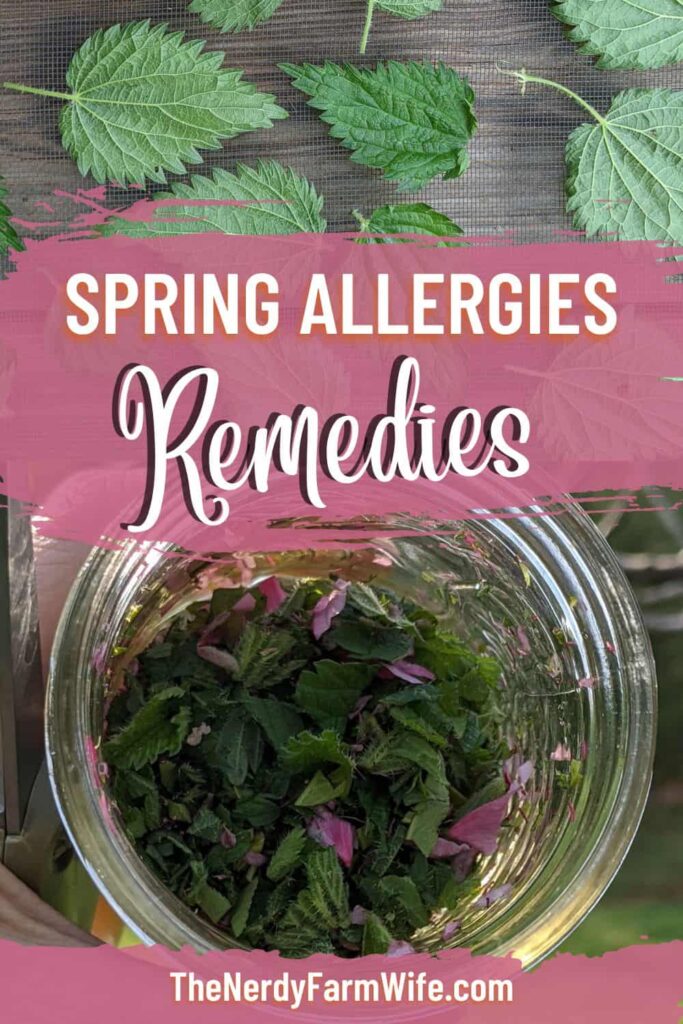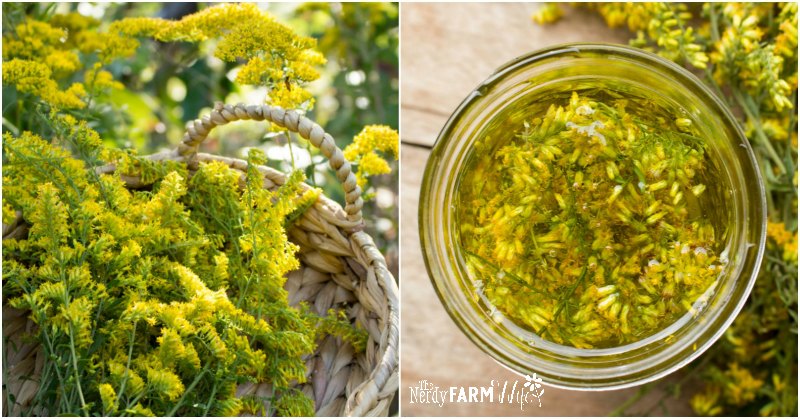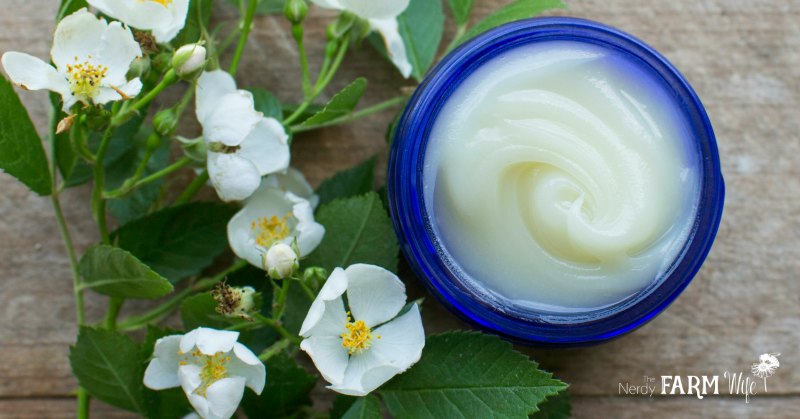Spring Allergy Tips & Remedies
Here are my best tips and natural remedies for dealing with spring allergies this year!

As you might expect from someone who had the childhood nickname “Rudolph” (the Red Nosed Reindeer) and practically drank Benadryl as a beverage at mealtimes, I’ve experienced my fair share of dealing with allergies.
Here’s what I’ve learned and utilized over the years, so that I can now survive and thrive even during allergy season!

You Are What You Eat
First up, I have to talk about diet. I know, I know – this is the part of the article I always skipped over in the past too, but hear me out!
Years ago, I had major stomach trouble triggered after having one of my kids. I couldn’t make it through the grocery store without buying a bottle of Mylanta to chug while I shopped because the pain was so constantly bad. (I had already seen a doctor who dismissively told me my health problems were just stress from having small children. Ugh.)
Long boring story later, after about 3 years of this stomach nonsense, I decided to try going gluten free in a fit of desperation.
Well, not only did that noticeably improve my stomach symptoms, but unexpectedly about 90% of my usual seasonal allergies cleared up over the following months.

Another quick example: My four year old developed asthma and extra-heightened allergic reaction after about a year of being gluten free. (He was diagnosed with celiac at age 3.) Turns out a lot of the ready-made gluten free foods he was eating was high in starch and sugars that are not so great for you!
What fixed this? Not related to his asthma, his pediatrician recommended the SCD diet for his bad stomach. The surprising side affect was that it also eliminated all asthma symptoms. It’s crazy that he went from taking daily Claritin, Singulair, and an inhaler, to not needing any of those, all because of what he was eating.
I tried to keep this section short because I know you’re probably really here for the remedies listed below, and I know how difficult it is to even *think* about changing your diet. I rejected the idea myself for years!
But, if you’re in a desperate spot with overall poor health like I had, consider this a caring nudge to check out the SCD Diet (Specific Carbohydrate Diet), AIP (Anti-Inflammatory Protocol), or the Wahls Protocol.

Make Your Home a Haven
The air outdoors may be full of pollen, but you can still keep your home an easy-breathing oasis.
Here are some household tips if you or a loved one suffers from terrible pollen allergies:
- Wash your pillowcases frequently and be sure to use unscented laundry detergent. Vinegar makes a great natural fabric softener that shouldn’t cause reactions.
- If possible, invest in some dust mite covers for your pillows.
- Don’t line dry your clothes outdoors while the pollen count is up. You can buy indoor drying racks or hang a line up indoors if you’re trying to save money by running your dryer less often.
- Avoid air fresheners, room sprays, and scented candles. Fragranced items are sneezing triggers for highly sensitive people, especially when combined with a high pollen burden.
- Run a HEPA air filter in sleeping areas. If you can’t afford a fancy air purifier machine, try the DIY method of duct taping a filter to an inexpensive box fan.
- This is a little more drastic action, but when my son’s allergies and asthma were at their peak, I covered all of the cracks around his bedroom window, air vents, etc with duct tape to keep pollen from sneaking in, and ran an air purifier 24/7. His bedroom became an oasis within an oasis.
- Remove shoes at the door and clean your floors regularly. If your floor type permits it, try a splash of vinegar in hot water as a daily non-toxic floor wash to rinse off settled pollen.
- Use natural cleaners. (Here’s a printable with my favorite natural cleaning recipes!)

Vitamins & Supplements to Explore
Quercetin – a natural anti-oxidant and anti-inflammatory compound found in fruits and veggies. Studies have shown that taking quercetin in advance of pollen season will noticeably help decrease allergy symptoms for some people.
All ages can take quercetin, but be aware that if you’re sensitive to salicylates or have a slow COMT genetic mutation, you may not have a good reaction to quercetin. So try a little first and see how you react before going all-in with this supplement.
Vitamin D – People who have lower-than-optimal levels of vitamin D (and that’s a shocking estimated 40+% of us) are more susceptible to certain health challenges, including allergic rhinitis – which is basically sneezing, itchy nose, watery eyes, etc causes by allergens.
Vitamin D helps modulate your immune system which in turn helps you to better handle exposure to allergens. You can ask your doctor to check your level, but we do a blood spot Vitamin D test at home to get an idea of our vitamin D needs. (Holistic Heal is one place we like for at home tests.)
Probiotics – These are beneficial bacteria, such as Bifidobacterium and Lactobacillus, that live in your digestive system and have been studied for their ability to regulate the immune system. Since allergies are what happen when your immune system goes haywire over something that’s normally harmless, we need all the immune-normalizing help we can get!
Saline Nose Spray or Neti Pot – These help flush pollen and other irritants from your nose. Tons of people have success with these helping their allergies. I confess to using neither. I’m good with just splashing my face, nose, and closed eyes with lots of cool running water, then drying off with a clean towel and that helps me a lot!
Local Raw Honey – isn’t exactly a vitamin or supplement, but you can buy a jar of it at your local farmer’s market! MANY people swear by taking a spoonful of local honey to keep their allergies under control. The premise is that it contains traces of pollen from all of the plants that are growing right around you. By taking a spoonful each day, you train your immune system so it doesn’t reject that same pollen when it’s blowing around in clouds during peak pollen season.
It should go without saying, but I have to say it anyway – if any of these supplements or herbs cause a reaction, or you know you’re sensitive to them, you should avoid them. If you’re having signs of a serious allergic reaction, contact medical support.

Herbs & Homemade Remedies
Stinging Nettle (Urtica dioica)
Nettle is one of the more studied and oft-used herbs for seasonal allergies. A general consensus is that it works best to take freeze dried stinging nettle capsules, starting several weeks before allergy season begins.
You can also make nettle infusion to sip on, or many herbalists find a nettle tincture works quickly when allergies are flared up.
Both of these recipes (for nettle infusion and tincture) are in this article my daughter & I co-wrote at our Unruly Gardening website, plus there’s lots more info about stinging nettles there!
Foraging Stinging Nettle + Uses!

Peach (Prunus persica)
The writings of herbalist Kiva Rose are what led to my absolute love for using peach flowers, leaves, and twigs. All year long I look forward to the peach trees blooming in early spring! Not only are they beautiful to see after a long dreary winter, but they have so many good uses for food and medicine.
Definitely read Kiva’s wonderful article about peach:
Peach Medicine In the Heat of the Moment

Here’s a peach twig tincture recipe that I make:
This is perfect to make when you prune your peach trees in late winter. Gather some of the nicest looking small twigs and cut them in fairly uniform pieces. Place in a jar and cover with 100 proof vodka. Add a lid and infuse for 4 to 6 weeks, shaking every few days or as you remember to. Strain and use in quite small amounts – start with just one to two drops and see how it goes.
I’ve also covered twigs with half brandy and half honey, to make a peach twig elixir. (Which is YUM!)

Purple Dead Nettle (Lamium purpureum)
Even though this common backyard weed has “nettle” in its name, it’s not related to stinging nettle.
However, the tincture can be used for allergies or congestion, similar to how stinging nettle is used!
I have directions about how to make purple dead nettle tincture in my article:
9+ Things to Make with Purple Dead Nettle
Also, if you’re confused between those two plants with “nettle” in their name, here’s another article I wrote:
Stinging Nettle vs Dead Nettle – the Differences

Goldenrod (Solidago spp.)
Since it blooms in the fall, most of us tend to think of goldenrod more for treating ragweed and fall allergies, but really, it can be used in the spring time too!
Goldenrod is used for upper respiratory stuff, allergies, urinary tract health, and also externally in pain salves and creams.
How to make goldenrod tincture is in my article:
6 Things to Make with Goldenrod
Goldenrod is often confused with ragweed! Here’s an article I wrote about the differences between them:
Ragweed vs Goldenrod – the Differences
and I also have a more in depth article written up about foraging for goldenrod:
Foraging Goldenrod (Photos, Tips & Lookalikes!)

Sinus & Headache Balm
This one is not for internal use, but can be helpful when you’re stuffy and sniffy from allergies or colds.
Be sure not to put it inside your nose or get it next to your eyes. Instead, rub it over your sinus area and it may help you breathe more easily!
You can find this recipe in my article:
References & Further Reading
Bakhshaee, Mehdi, et al. Efficacy of Supportive Therapy of Allergic Rhinitis by Stinging Nettle (Urtica dioica) root extract: a Randomized, Double-Blind, Placebo- Controlled, Clinical Trial. Iranian Journal of Pharmaceutical Research. 2017 Winter; 16(Suppl): 112–118
Cech, Richo. Making Plant Medicine. Williams, OR: Horizon Herbs, 2000. Print.
Howell, Patricia Kyritsi. Medicinal Plants of the Southern Appalachians. Mountain City, GA: BotanoLogos Books, 2006. Print.
Medscape. Oral Vitamin D Boosts Intranasal Steroid Effect in Rhinitis – Medscape – Mar 12, 2012. Coverage of American Academy of Allergy, Asthma and Immunology (AAAAI) 2012 Annual Meeting: Abstract 510. Presented March 4, 2012.
Rose, Kiva. Enchanter’s Green website. Peach Medicine in the Heat of the Moment. Online, accessed 03-21-24.
Yang, Gui, et al. Treatment of Allergic Rhinitis with Probiotics: An Alternative Approach. North American Journal of Medical Sciences. 2013 Aug; 5(8): 465–468.

